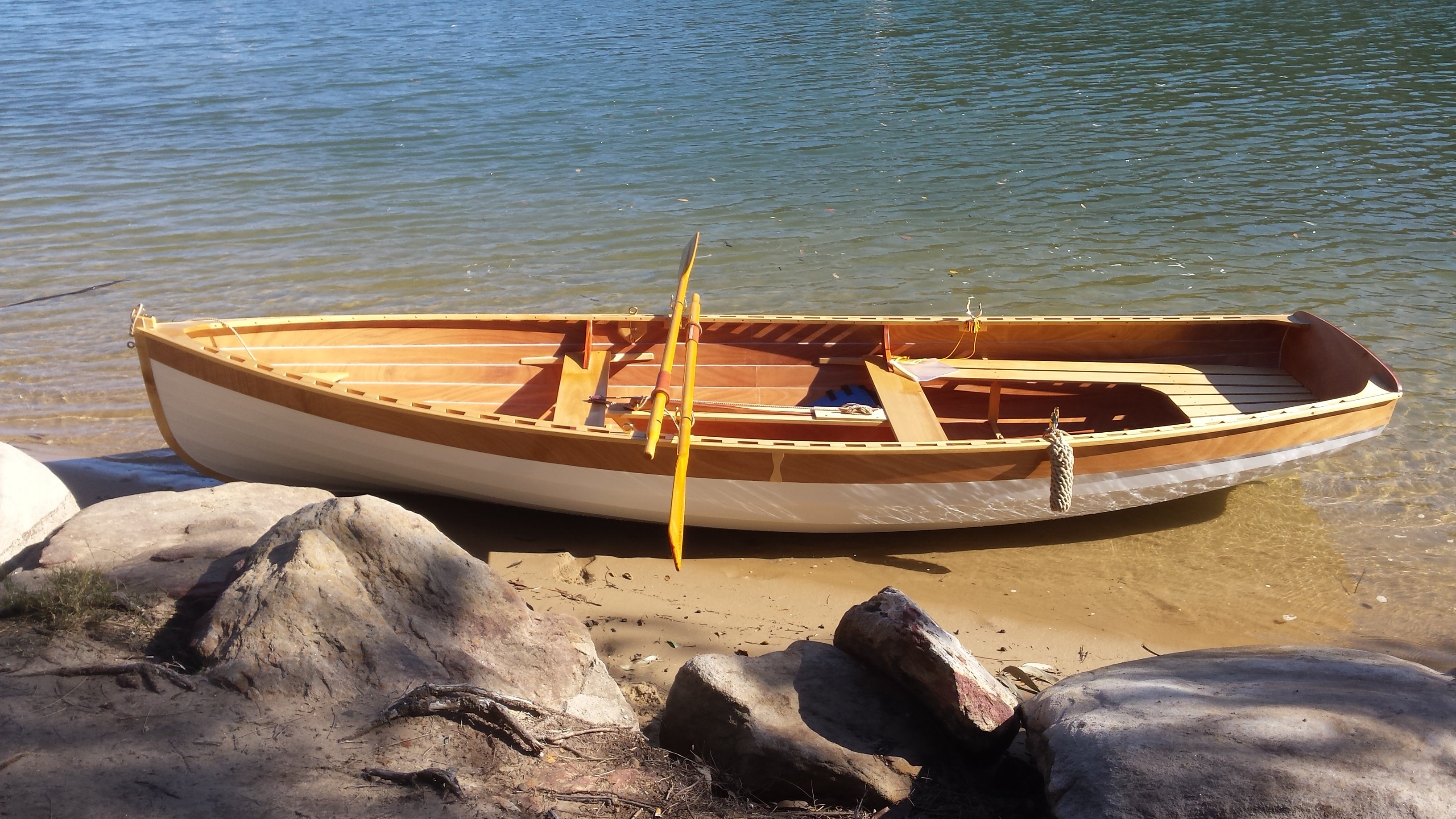-
Posts
1,297 -
Joined
-
Last visited
Content Type
Profiles
Forums
Gallery
Events
Everything posted by Bedford
-
Yes they are a bit pricey and slow. If you look at the speed though, you're talking a huge amount of leverage i the oars so a couple of seconds to send the handle an inch sends the blade quite a distance.
- 536 replies
-
- Quadrireme
- radio
-
(and 1 more)
Tagged with:
-
Just had a thought, Normal servos are very noisy and using a rotating drive will give non-linear movement to the sweep motion. The stroke will accelerate as it nears mid point and decelerate after. Normally not that noticeable but with long oars it could be very apparent. Are you aware of linear servos? They are quieter and constant speed. I have included a video clip of one brand, they have different sizes and 3 different speed options.
- 536 replies
-
- Quadrireme
- radio
-
(and 1 more)
Tagged with:
-
I know these are terribly historically incorrect but if you're more interested in reliable buoyancy something like these will, at least, give you something to think about https://www.ebay.com.au/itm/140352884990
- 536 replies
-
- Quadrireme
- radio
-
(and 1 more)
Tagged with:
-
With the scarf joints, if anything, the overlap you have on the exterior is the best place to have it. Easy to sand down. As for the strakes all being dead even at the stem, that isn't always the case. The good shipwright will strive to achieve it but there's no structural reason for it and I'd imagine that work boats built quickly and to a cost would be the most likely to have some discrepancy there.
-
I have made a variation on the sewing needle Eberhard refers to. I beat the end of some 2mm brass rod down to a fine blade and cut a groove approx 1mm deep into the end of it and mounted it into a dowel handle. The whole thing is approx 250mm long giving plenty of room to hold it and reach across the deck. All you have to do is hold tension on the bitter end while guiding the line around the bit, pin or cleat.
-
I might just follow along with this too, I really enjoy the inventive side of model building
- 536 replies
-
- Quadrireme
- radio
-
(and 1 more)
Tagged with:
-
Hand scarfing is pretty easy. The norm for the length of the joint is 8 or 12 to one. This may be difficult with planks this thin so you may need to come up with a smaller ratio that's easier to cut. The process is simple:- Measure the length of scarf on the first plank and draw a line square to the plank With the next piece, lay it as it will be joined to the first then flip it lengthwise so you get the correct orientation on the cut and mark as per the first Lay the pieces down on a work surface with a hard edge so that the lower piece is exactly on that edge Lay the second piece on top with its edge right on the line on the lower piece and clamp it all down Use a small and very sharp plane to cut the scarf using the table edge and the line on each plank as datum points
-
It's the small details that take the most effort, just remember to look at them from a few feet away. The fact that they are that good at that scale is very impressive. I think we all know the feeling of a tiny piece we've labored over disappearing into the abyss just as it's finished.
-
Thanks for the trip Druxey, it was an absolute pleasure to tag along
- 433 replies
-
- open boat
- small boat
-
(and 1 more)
Tagged with:
-
Mark, well done! Cliff was obviously a pragmatic man who designed sensible boats. The bowsprit as a boarding plank is testament to that.
-
I've been a bit quiet on this for a while because other things get in the way and now there's a major roadblock. I've been given notice to vacate my home. It was only meant to be a temporary address but I kind of got settled. Now I have to decide where to move to because I won't stay in Sydney, it's just too full, too hard to get anywhere and way too expensive. I'll be looking at somewhere hopefully down the south coast with a view to either renting or better still, buying a house where I might just build another 1:1 boat. So at present the Royal Caroline is on indefinite hold and I feel that my involvement with the Sydney Heritage Fleet will have to end. Pity, I love the Waratah!
-
Just as a reference point, my row boat has a beam of 4'6" and the oar guide recommended the oars should be 8'6". Don't know if that helps but the wider the beam the longer the oars
- 433 replies
-
- open boat
- small boat
-
(and 1 more)
Tagged with:
-
With that beam it would easily take two per thwart.
- 433 replies
-
- open boat
- small boat
-
(and 1 more)
Tagged with:
-
The bowsprit seems fine to my eye but you would be far more familiar with the type than I. I've often wondered how epoxy would work with huon pine due to it's natural oilyness.
-
Nice progress Michael, aren't those mill clamp "risers" useful things. I've had my first A-Z shot at my GP and the second was booked at the time so no ques for me. Sadly there's been a bit of a slow down by over 50's ( if you're over 50 here you get A-Z ) because the news loves making a big deal out of a few people getting blood clots. Doctors know who's susceptible now so it's pretty safe to get the jab, far safer than getting covid.
-
I would think the almost bluff bow on this boat will definitely have some "S" form going on and much more than my boat so yes, trust the lines. As for the scarf joints, none of them line up exactly. They are fairly close but the scarfs run away in opposite directions to spread them out. In my case there are two pieces per strake. Having said that, mine is a glued lapstrake boat and the epoxy bonds are very strong. I'd imagine on a traditionally planked boat they would be scarfed in a much more staggered manner and cross a frame.
About us
Modelshipworld - Advancing Ship Modeling through Research
SSL Secured
Your security is important for us so this Website is SSL-Secured
NRG Mailing Address
Nautical Research Guild
237 South Lincoln Street
Westmont IL, 60559-1917
Model Ship World ® and the MSW logo are Registered Trademarks, and belong to the Nautical Research Guild (United States Patent and Trademark Office: No. 6,929,264 & No. 6,929,274, registered Dec. 20, 2022)
Helpful Links
About the NRG
If you enjoy building ship models that are historically accurate as well as beautiful, then The Nautical Research Guild (NRG) is just right for you.
The Guild is a non-profit educational organization whose mission is to “Advance Ship Modeling Through Research”. We provide support to our members in their efforts to raise the quality of their model ships.
The Nautical Research Guild has published our world-renowned quarterly magazine, The Nautical Research Journal, since 1955. The pages of the Journal are full of articles by accomplished ship modelers who show you how they create those exquisite details on their models, and by maritime historians who show you the correct details to build. The Journal is available in both print and digital editions. Go to the NRG web site (www.thenrg.org) to download a complimentary digital copy of the Journal. The NRG also publishes plan sets, books and compilations of back issues of the Journal and the former Ships in Scale and Model Ship Builder magazines.





